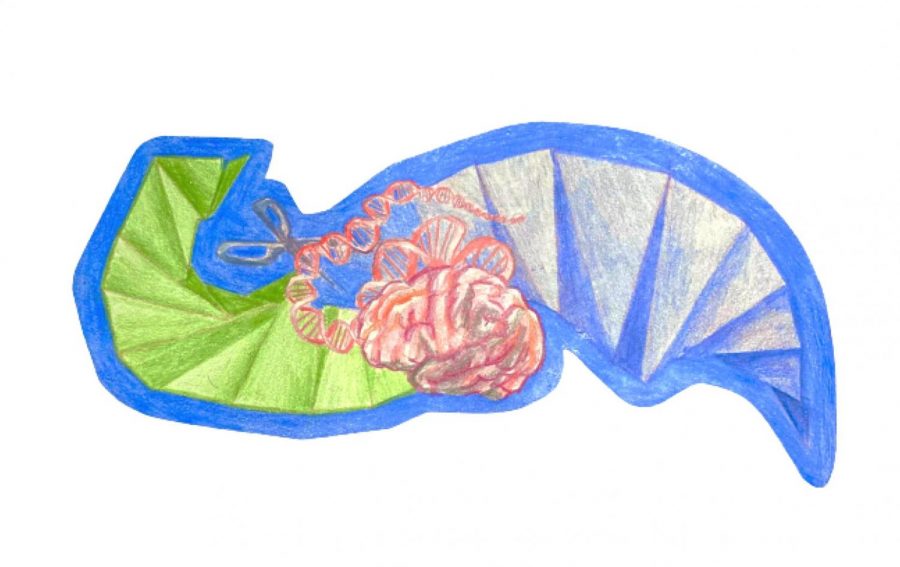2020: A Year of Growth for Science
January 28, 2021
While 2020 was a difficult year for millions of people worldwide, the pandemic brought the scientific community closer together than ever before. The Pfizer, Moderna, and Bio-Techne vaccines for the coronavirus were all results of cooperative work. Soon after their approval by the FDA, the vaccines were distributed to over 30 countries, inoculating more than 32.4 million people. But the science community’s growth did not only stem from the coronavirus. Below are only a few of the developments in science throughout 2020.
In January of 2020, scientists from the University of York in the United Kingdom recreated the voice of a 3,000 year-old mummy. With the help of a 3-D printer, speakers, and computer software, scientists allowed for the Egyptian priest, Nesyamun, to once again be heard. Nesyamun was known for singing chants of worship at the Karnak Temple in Thebes. After his death, Nesyamun was mummified with the inscription “Nesyamun, true voice” on his sarcophagus. Even though the British scientists were only able to recreate one sound (reportedly sounding like an “a” or “e”), their success has created opportunities for the reproduction of countless other ancient sounds in the near future.
DeepMind’s AlphaFolds program successfully predicted the 3-D shape of a folded peptide protein, resembling the Japanese art of origami. Proteins are large molecules that play out important roles in the human body, made up of long chains of conjoined amino acids. Protein folding is a crucial cellular process because proteins must be folded correctly in order to successfully function. Creating the protein’s folds with origami DNA has proven to be cheaper and more effective.
The Discovery of a New Subatomic Particle
Physicists working with CERN’s Large Hadron Collider beauty (LHCb) collaboration discovered a new exotic subatomic particle, the “tetraquark.” A subatomic particle is a composite or elementary particle smaller than an atom. More specifically, quack particles are fundamental to the building blocks of matter. The discovery of the “tetraquark” has been categorized as one of the major breakthroughs in the search of subatomic particles in the last 20 years.
Elon Musk’s new robot, a human brain computer interference company, has made its own splash in the technological industry. Musk’s team of engineers and scientists created the technology behind the robot under Neuralink, granting it the ability to read others’ minds and translating the information into action. The device will first be used to help paraplegics with simple tasks. This will be done by surgically implementing a component of the device onto the surface of the patient’s brain. While human trials have not taken place to test the effectiveness of Neuralink’s device, Musk and his team are optimistic that they will take place by early in this year.
Diagnosis for Alzheimer’s disease
Studies from CRISPR Therapeutics show promise in finding the distinction of people with and without Alzheimer’s disease. Furthermore, according to CRISPR Therapeutics studies, genetic risks of Alzheimer’s could be detected as early as 20 years in advance before cognitive impairment. While a typical test for Alzheimer’s would include a doctor running multiple memory tests, focusing on thinking skills, judgement abilities, and behavioral changes, an inexpensive blood test could replace the memory testing for factors like plaques and tangles, which would have significant impacts on Alzhemeir’s research.
Ultimately, 2020 has not only proven to be a year of growth for science, but a year of growth in understanding the process of science that has brought hope for a healthier and more sustainable 2021.











